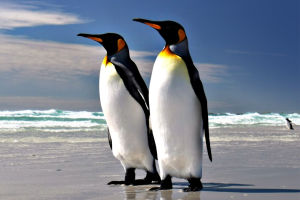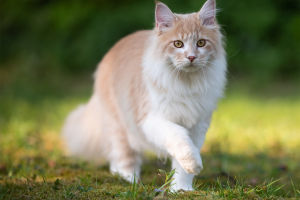The Mulga Parrot
Hey Lykkers! The Mulga Parrot is a strikingly beautiful bird native to the arid regions of Australia.
This bird holds a special place in the Australian avifauna, not just for its appearance but also for its adaptability to the harsh conditions of the arid interior.
Physical Characteristics
The Mulga Parrot is medium-sized, with males typically more brightly colored than females. Males are adorned with vibrant green feathers on their heads and bodies, with splashes of yellow on their wings and underbellies. They also display patches of bright blue on their wings and a vivid red patch on their crown, adding to their striking appearance. Females, while still colorful, tend to have more subdued tones of olive green, with less pronounced yellow and red markings.
Habitat and Distribution
The Mulga Parrot is found predominantly in the interior regions of Australia, particularly in areas dominated by mulga trees, after which it is named. These arid and semi-arid zones provide the parrot with the perfect environment for finding food and nesting. Mulga trees, a type of acacia, dominate much of this landscape and offer both food sources and shelter for the birds.
Diet and Feeding Behavior
The diet of the Mulga Parrot consists primarily of seeds, which they forage from the ground or shrubs. They are particularly fond of acacia seeds, but they also consume grass seeds, fruits, and occasionally insects. Like many parrots, they have strong, curved beaks that allow them to crack open tough seeds and extract the nutritious contents.
Breeding and Nesting
Mulga Parrots typically breed during the spring and summer months, although their breeding season can vary depending on environmental conditions such as rainfall. They are cavity nesters, usually choosing to nest in tree hollows or crevices in dead trees. Mulga trees, eucalyptus, and other species common to their habitat provide ample nesting opportunities.
Conservation Status
Currently, the Mulga Parrot is classified as Least Concern by the International Union for Conservation of Nature (IUCN), meaning that the species is not currently at risk of extinction. However, like many native species, the Mulga Parrot faces threats from habitat loss and degradation due to agricultural development, land clearing, and climate change. Invasive species, such as cats and foxes, also pose a threat, particularly to eggs and young chicks.
The Mulga Parrot is a stunning and resilient bird that thrives in some of Australia's harshest landscapes. Its vibrant colors, adaptability to arid environments, and fascinating behaviors make it a remarkable representative of Australia's unique wildlife. While currently not endangered, the continued protection of its habitat is crucial to ensuring that future generations can enjoy the sight of these beautiful birds in the wild.
Mulga Parrot (Psephotus varius) HD Video Clip 1/1 Australian Bird Media.
Video by Tim Siggs


